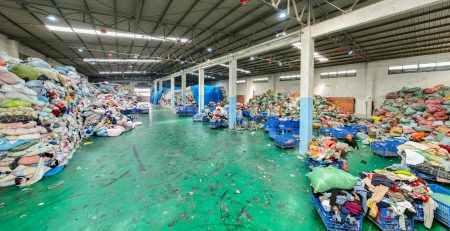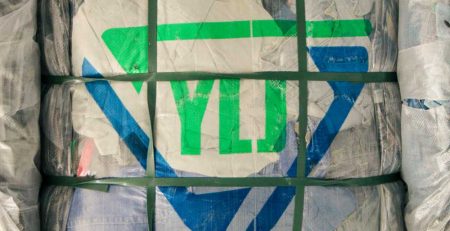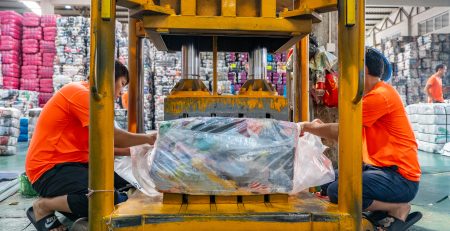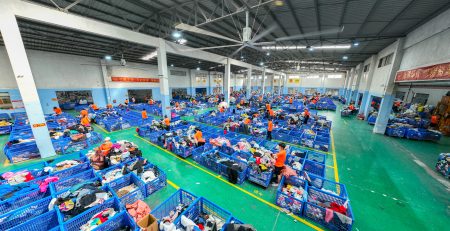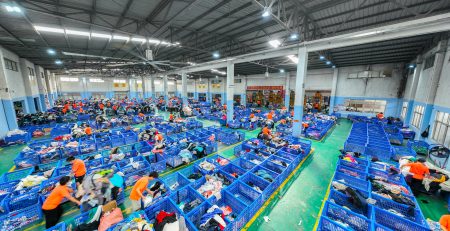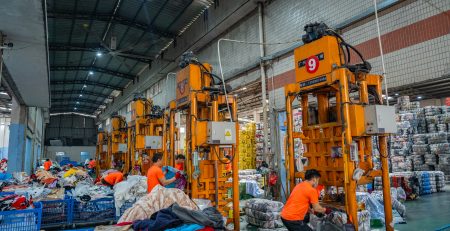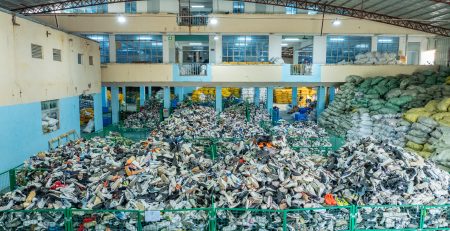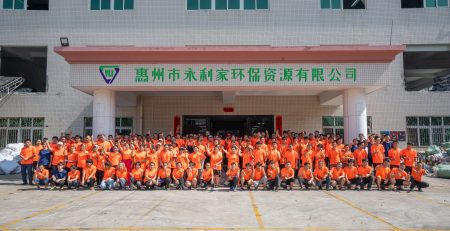1
Jul
The reason for the inner roll in the recycling of old clothes
A large part of the reason is related to beginners. Many beginners who have just entered this industry are easily deceived, and some franchisees will tell them to recycle at a high price. No matter how much they recycle, they can make money for them. So, when old hands are collecting old clothes for 34 cents, beginners are starting to collect old clothes for 56 cents, which disrupts the balance of the market. In addition, newcomers who have just entered the industry are not familiar with the recycling standards of the old clothes recycling market, which will cause a lot of goods to be piled up. For old hands, experiencing a “price war” may also raise prices to receive goods, but they do not accept all the orders like beginners, but will accept the high-quality goods, which leads to the phenomenon of picky goods. As a result, the old clothes market is slow and slow, leading to the phenomenon of “internal competition”.
In addition to the phenomenon of internal competition in frontline recycling, there will also be exports. Since the opening up of the epidemic, not only China, but also some other countries have resumed exporting old clothes. More and more people are exporting old clothes, which means that countries like Africa that need old clothes have more choices to make. Therefore, their quality requirements for old clothes are also higher. This also reflects that many export factories are now doing precision picking, and the demand for Class A old clothes has greatly increased. In addition, with the increase in sea freight costs, foreign countries will only have higher standards for old clothes in the face of increased costs.
In the market, appropriate internal competition is actually a good thing, which is conducive to promoting the development of the industry. However, it is only aimed at benign internal competition. For some malicious competition in the industry, practitioners should resist it together and also do a good job in dealing with internal competition caused by changes in the market environment.

